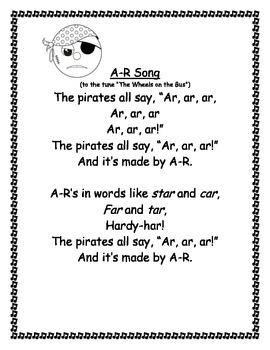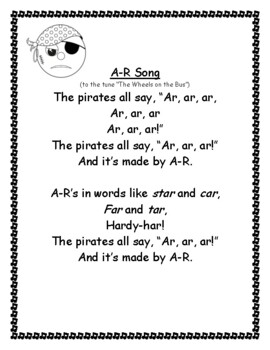The first camp is what I call the "Phonics First" approach. Now, while there are people out there that believe that phonics instruction is the only part of reading instruction, they are few and far between. The more widely held view in this camp is that phonics skills need to be taught first and comprehension can come later. In other words, teachers should not worry if their students can understand what they are reading, as long as they can sound out the words on the page. Understanding comes in second or third grade after students get the phonetic basics down. A teacher who takes this approach will have her students reading "The Fat Cat Sat on the Mat" stories and nothing else. Systematic phonics instruction is important, but I don't believe that this is the best approach.
I refer to the second camp as the "Just Read Literature" camp. This camp believes that students need high quality literature and will just pick up the phonics skills as they go along if they are read to and read themselves. Reading comprehension is emphasized here, and phonics instruction is generally looked down on. A teacher who takes this approach would read a lot of books to the class while asking comprehension questions, but would generally not have give students stories they could read on their own without teacher assistance, at least in the younger grades. (They may give a child a book that the teacher has read several times to the class, however.) Using high quality literature and helping students comprehend is important, but I don't believe this is the best approach either.
I believe in the third camp, which is a balanced literacy, or "The Best of Both Worlds" set. Students do need phonics instruction for at least two years. This has been backed up by countless research. This does mean that occasionally a student will read "The Fat Cat Sat on the Mat." However, this needs to be combined with read literature that students love to read. This may mean that there are words in the story a student cannot sound out and will have to use context clues or other strategies to figure out. And, yes, there are some phonics skills that a teacher can try to teach but students will not remember unless they have plenty of opportunities to read. In my classroom, students have a chance to work on phonics skills, comprehension skills, and simply have time to enjoy reading. I have five reading groups for my first and second graders. These are flexible and are occasionally grouped by certain skills students need to work on, but are most often grouped by reading level. In each lesson, I focus on a phonics skill, we read a story, and we work on comprehension. With my lower level readers I spend a bit more time on the phonics portion and with my higher readers I spend very little. But, no matter what, we cover both phonics and comprehension every time they meet with me. Both phonics and comprehension skills are addressed during their literacy centers as well, but I will save that discussion for another post.
Before I meet with my reading groups, I meet with the whole class, where we work on a class-wide phonics skill as well as vocabulary. I try to make this fun and memorable and use lots of songs and poems. I have several wonderful flip-charts with songs in them (one for the alphabet and one for other phonics sounds). In my phonics song flip-chart, I have a "Bossy R" song, but it does try to address all of the r-controlled vowel sounds in one song. I decided that I needed songs for each song, so, I wrote some of my own. You can get them for free by clicking on the picture:
If you would like my entire packet that included the songs and worksheets to go along with each song, please click this picture:
How do you approach reading instruction in your own classroom? Let me know in the comments!



No comments:
Post a Comment